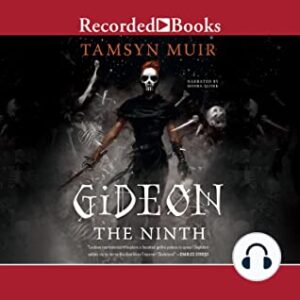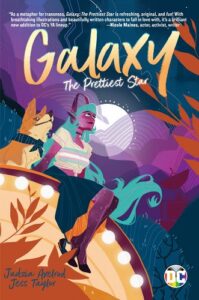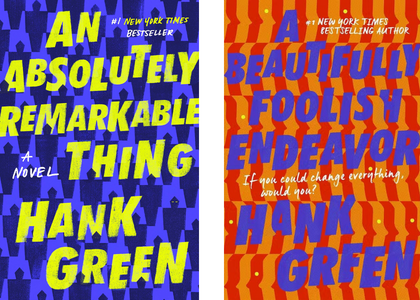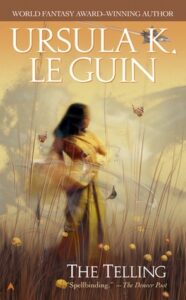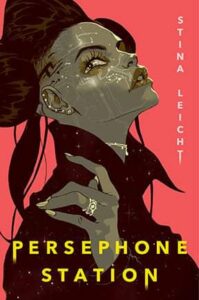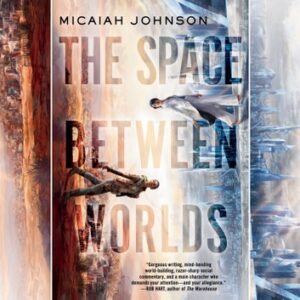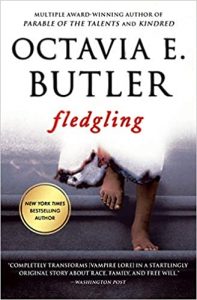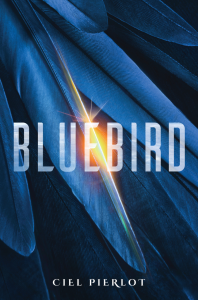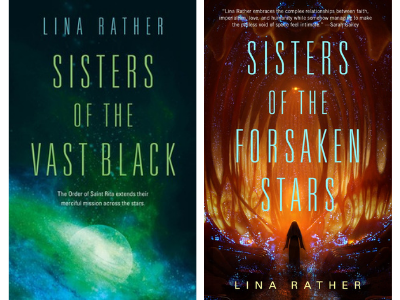Amazon Affiliate Link | Bookshop.org Affiliate Link
Ready to cut loose from her life serving the Ninth House and a doomed future, Gideon makes plans to escape the planet, but Harrow has other plans for her. Harrow has been summoned by the Emperor to engage in a trial of necromantic skills and intellect. If either of them is to get what they want, they have to work together to discover the truth and survive it as a team.
Gideon uses her sarcastic humor as a defense mechanism to survive her servitude with the Ninth House. Throughout their lives, Harrow has made Gideon’s life a nightmare, manipulating her into getting involved with House politics. The evolution of their relationship as they become a necromancer/cavalier pairing sends them on a path to better understanding one another. Their antagonistic banter makes for a fun and funny romp of magical lesbians in space.
Gideon’s sexuality is established straightaway when she tries to bribe her superior with dirty magazines. Then, throughout the story, she grows close to Dulcinea, the Lady Septimus (of the Seventh House). While it’s absolutely clear from the get-go that Gideon is queer, it simply exists as part of who she is and is never questioned or condemned by characters around her, as it is a normal part of this world.
Muir’s world-building is intricate and complex. The story showcases necromancy magic more as a science, as well as part of the political structure of this world. Cavaliers and necromancers work together toward gaining power for their Houses, but within the events of this story, the characters start to learn their world and lives are not what they seem.
The narrative takes a turn as secrets start to come to light. The more the truth comes to light, the closer Harrow and Gideon become, pointing toward an enemies-to-lovers relationship in the works. The point where the tension breaks between them creates a satisfactory moment of letting go of the past so that they can move forward with a new kind of relationship.
I listened to this on audiobook as narrated by the animated and engaging Moira Quirk. Quirk truly brought each character to life, which helped in trying to keep track of all the different cast of characters throughout the story—although some kind of character chart/map would’ve been much appreciated.
Overall, this was an enjoyable read, and the ending definitely leaves you wanting to read the rest of the series.

